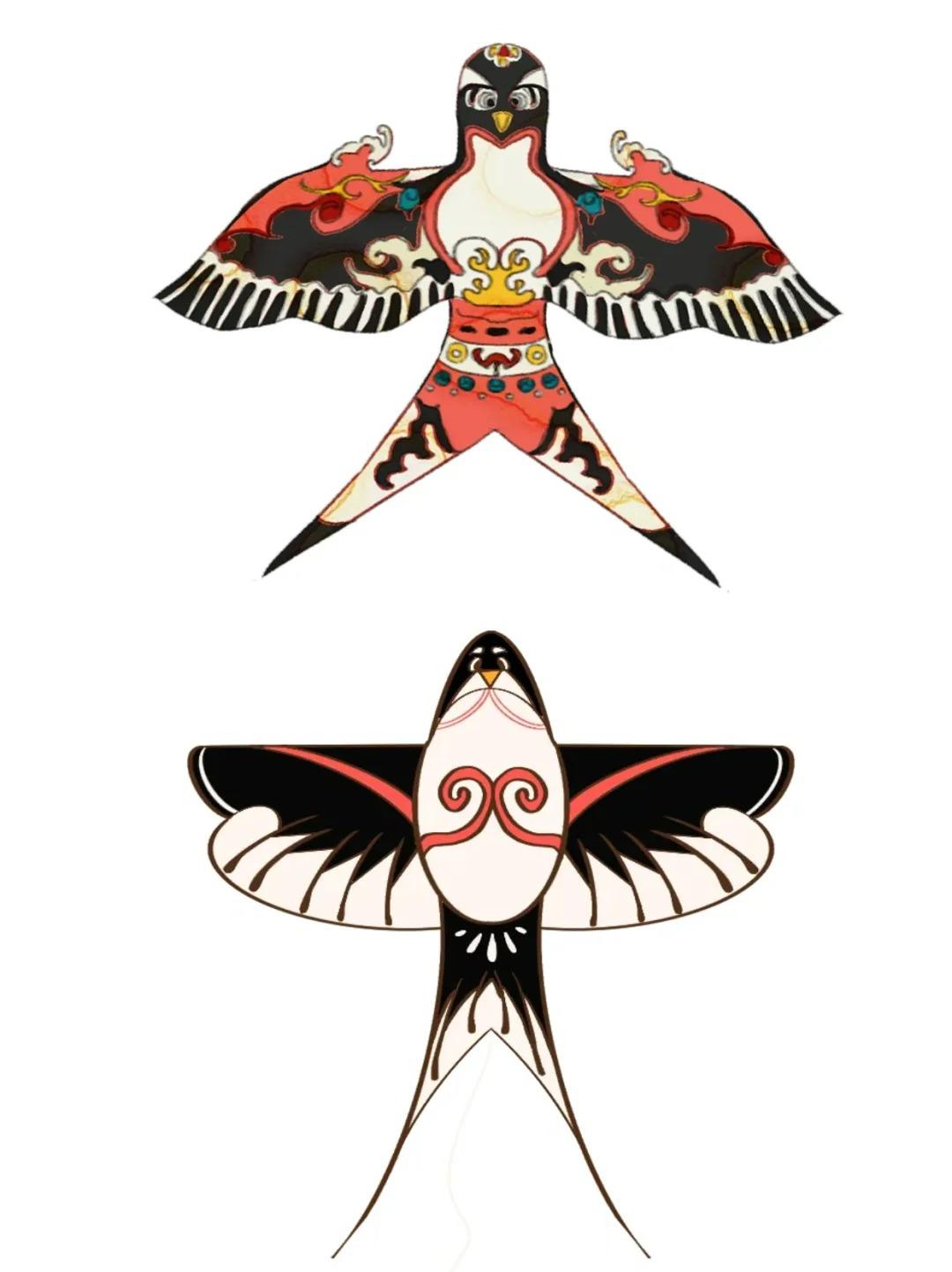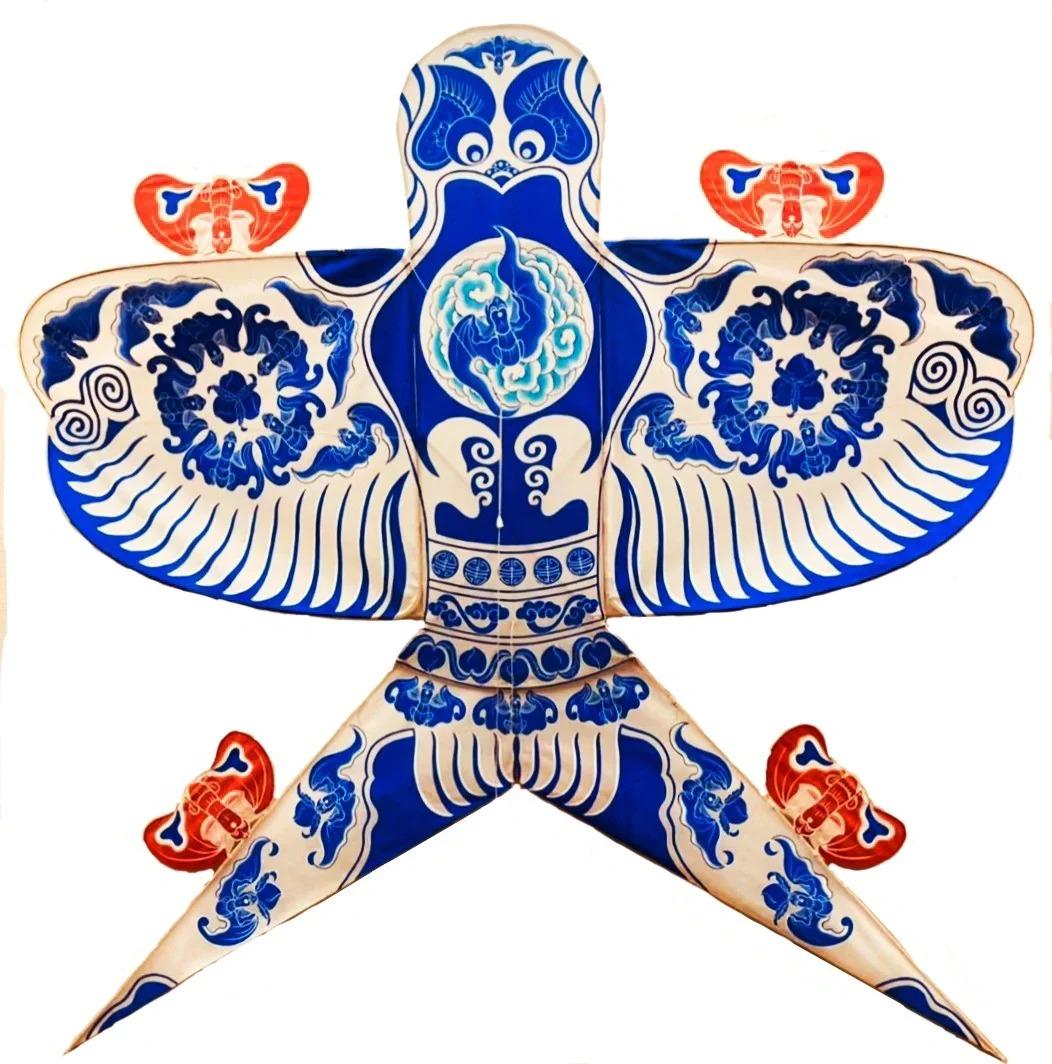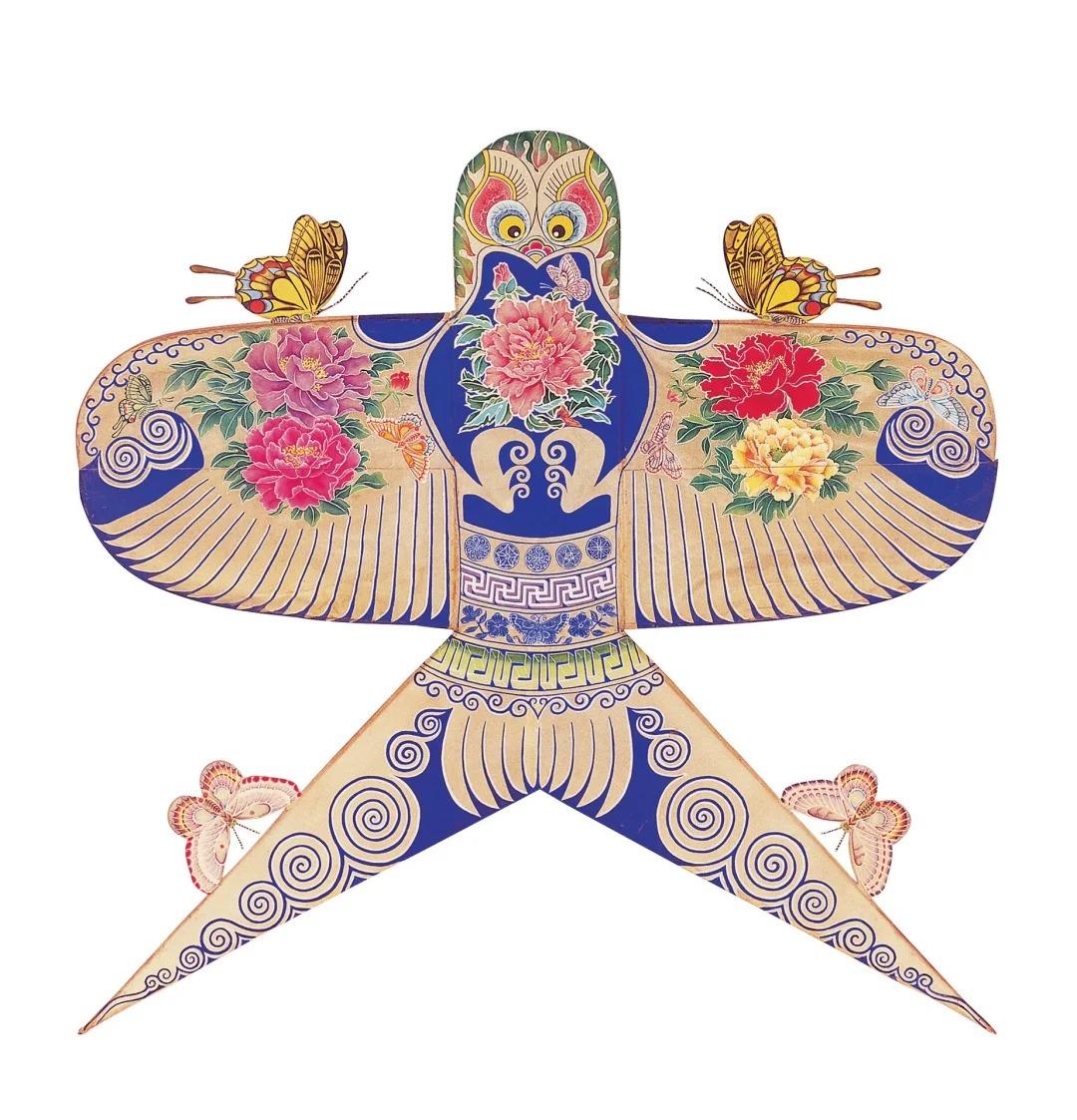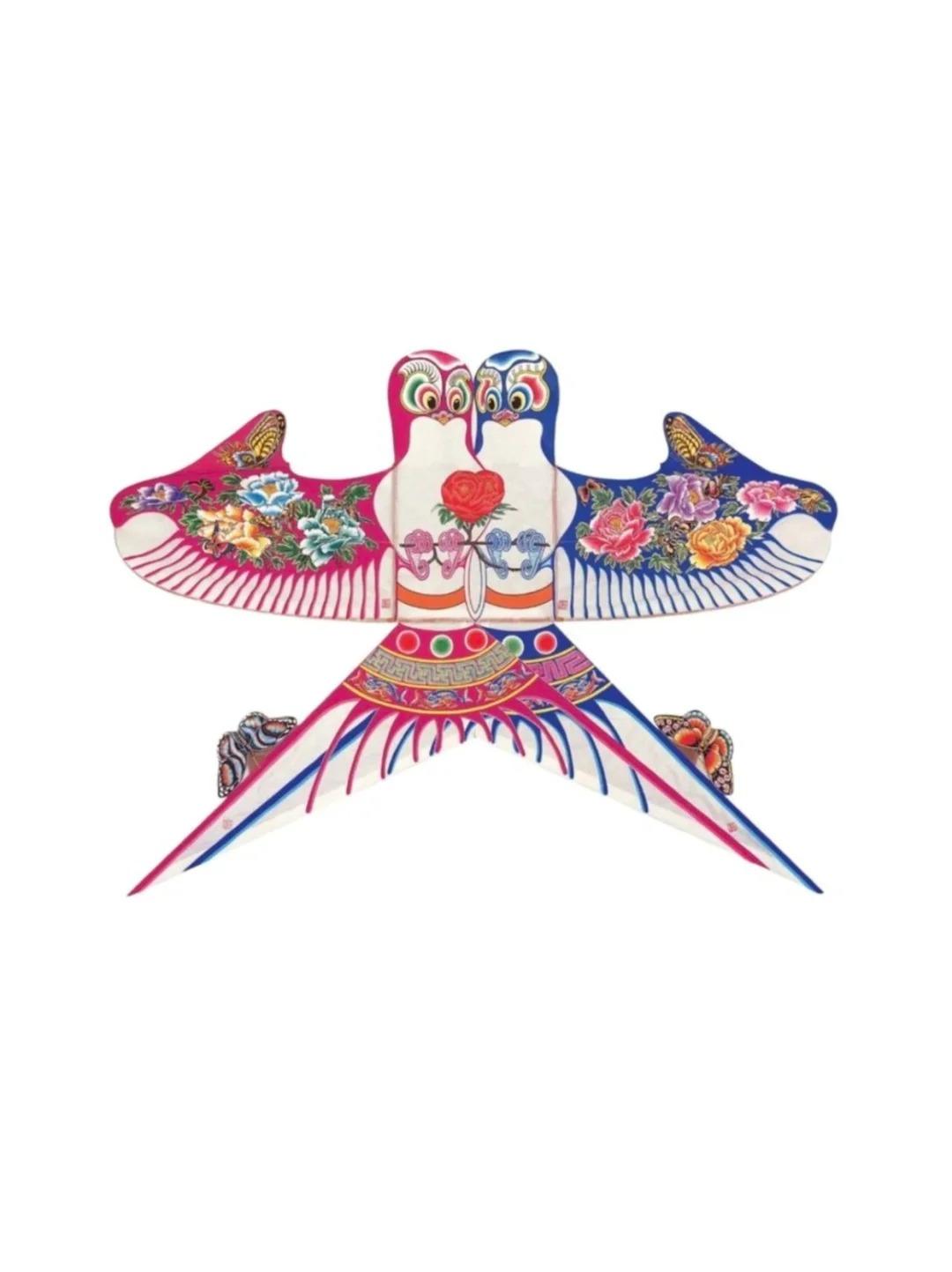Introduction to Chinese Kites
Chinese kites, with a history spanning over 2,000 years, are not merely playthings but emblems of cultural ingenuity and artistic expression. Originating in the Warring States period (475-221 BCE), kites have evolved from military tools to symbols of freedom, longevity, and good fortune in Chinese culture.

Types of Chinese Kites
Chinese kites come in a dazzling array of designs:
| Type | Characteristics | Symbolic Meaning |
|---|---|---|
| Dragon | Long, segmented body | Power, prosperity |
| Butterfly | Delicate, colorful wings | Love, joy |
| Swallow | Streamlined shape | Spring, new beginnings |
Regional styles add diversity to the art:
- Beijing: Known for intricate painted designs
- Weifang: Famous for large, elaborate kites
- Nantong: Celebrated for miniature, detailed kites
Modern artists continue to push boundaries, creating abstract and experimental designs that blend tradition with contemporary aesthetics.

Kite-Making Techniques
The creation of a Chinese kite is a meticulous process:
- Frame Construction:
- Material: Split bamboo
- Technique: Carefully bent and tied to form the skeleton
- Covering:
- Traditional: Silk or rice paper
- Modern: Nylon or plastic film
- Decoration:
- Hand-painted designs
- Appliqué techniques
- Intricate paper-cutting embellishments
Master kite makers often spend months crafting a single piece, ensuring perfect balance and exquisite detail.

Kite Flying in Chinese Culture
Kite flying transcends mere recreation in China:
- Qingming Festival: Families fly kites to honor ancestors
- Historical Uses: Military signaling, weather forecasting
- Modern Sport: Competitive kite flying and fighting
The act of flying a kite is often seen as a metaphor for reaching for one’s dreams and aspirations.
Famous Kite Masters and Their Works
Legendary kite makers have left their mark on Chinese culture:
- Ha Xiongzhou: Pioneered the “Swallow” kite design
- Cao Xueqin: Author of “Dream of the Red Chamber,” also a renowned kite maker
- Fei Baoling: Contemporary master known for innovative 3D kite designs
Their works can be admired in museums like the Weifang Kite Museum, home to over 1,000 kites from various dynasties.

The Evolution of Chinese Kites
Chinese kites have undergone remarkable transformation:
- Ancient Times: Simple designs for military use
- Tang Dynasty: Emergence of decorative and recreational kites
- Modern Era: High-tech materials and aerodynamic innovations
Chinese kite-making techniques have influenced kite cultures worldwide, from Japan to Europe.

Traveler’s Guide to Chinese Kites
For kite enthusiasts visiting China:
- Must-Visit Locations:
- Weifang Kite Museum, Shandong Province
- Yangjiabu Folk Art Village, Weifang
- Beijing Kite Museum
- Festivals:
- Weifang International Kite Festival (April)
- Shandong (Tai’an) International Kite Festival (September)
- Purchasing Authentic Kites:
- Sanlihe Bridge Kite Market, Beijing
- Weifang Kite Factory, Shandong
- Workshops:
- Many museums offer kite-making classes
- Book in advance, especially during peak seasons
- Flying Regulations:
- Check local rules; some cities restrict kite flying in certain areas
- Avoid flying near airports or in densely populated urban areas
As you explore the world of Chinese kites, imagine the sensation of holding centuries of tradition in your hands. Picture yourself in a vast field during the Weifang International Kite Festival, surrounded by a kaleidoscope of colors as hundreds of kites dance in the sky. The gentle tug of the string connects you to an art form that has captivated generations.
When you visit a kite maker’s workshop, observe the concentration on their face as they delicately paint intricate designs or carefully bend bamboo into graceful curves. Each kite is a flying canvas, a testament to the marriage of functionality and artistry that characterizes so much of Chinese culture.
As you learn to fly your own kite, feel the wind’s subtle changes and the kite’s response. It’s a meditation in motion, a dialogue between earth and sky. The higher your kite soars, the more you might understand the Chinese saying, “放飞梦想” (fàng fēi mèng xiǎng) – “Let your dreams take flight.”
Whether you’re watching master kite fighters engage in aerial duels, crafting your own simple kite in a workshop, or marveling at the historical specimens in a museum, you’re participating in a living tradition. Chinese kites are more than toys or decorations; they’re vessels of cultural memory, carriers of wishes, and bridges between the tangible and the ethereal.
As you leave China with your own kite tucked carefully in your luggage, remember that you’re taking home more than a souvenir. You’re carrying a piece of the sky, a fragment of history, and a tangible connection to the dreams and aspirations of countless individuals who have looked up and imagined the possibilities that await beyond the horizon.






